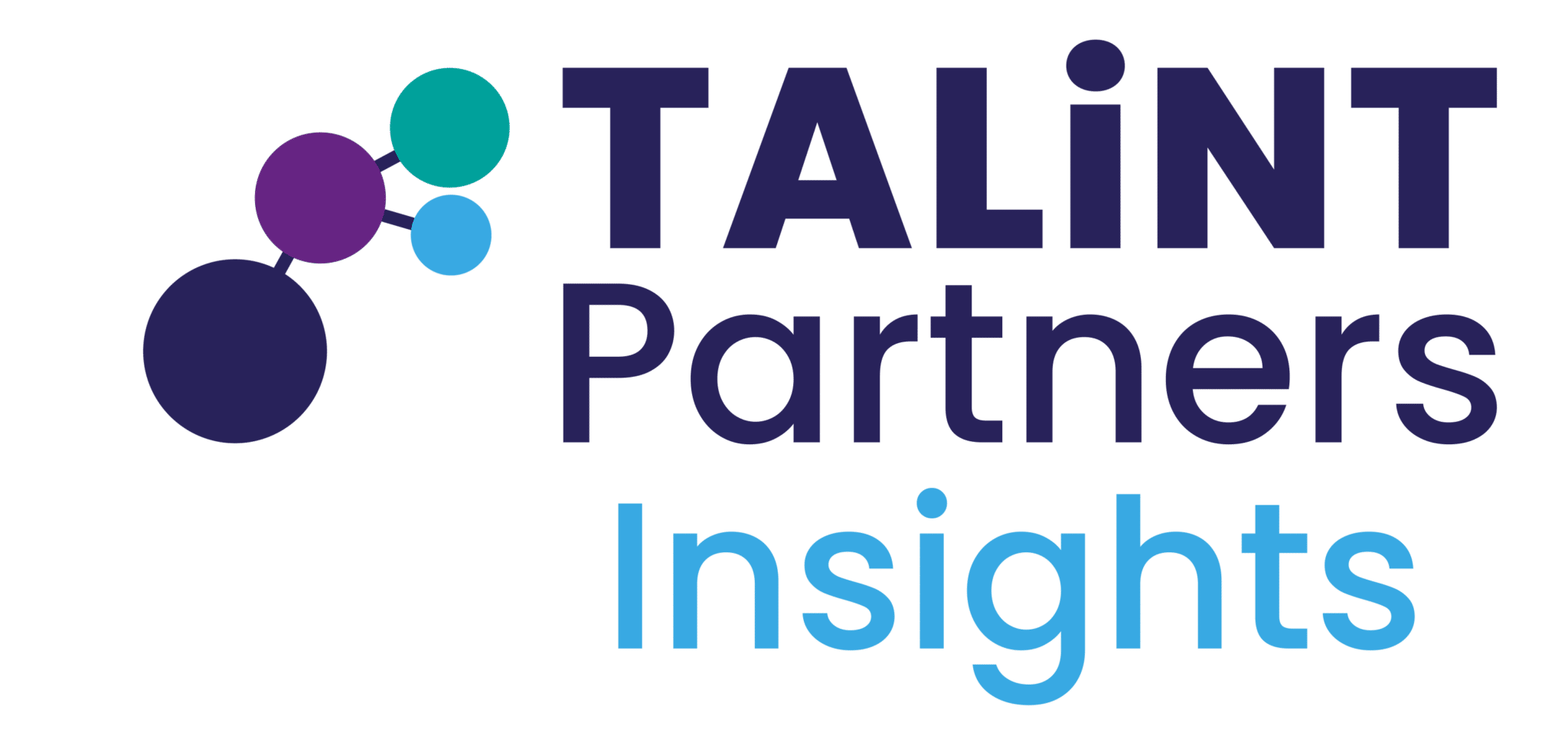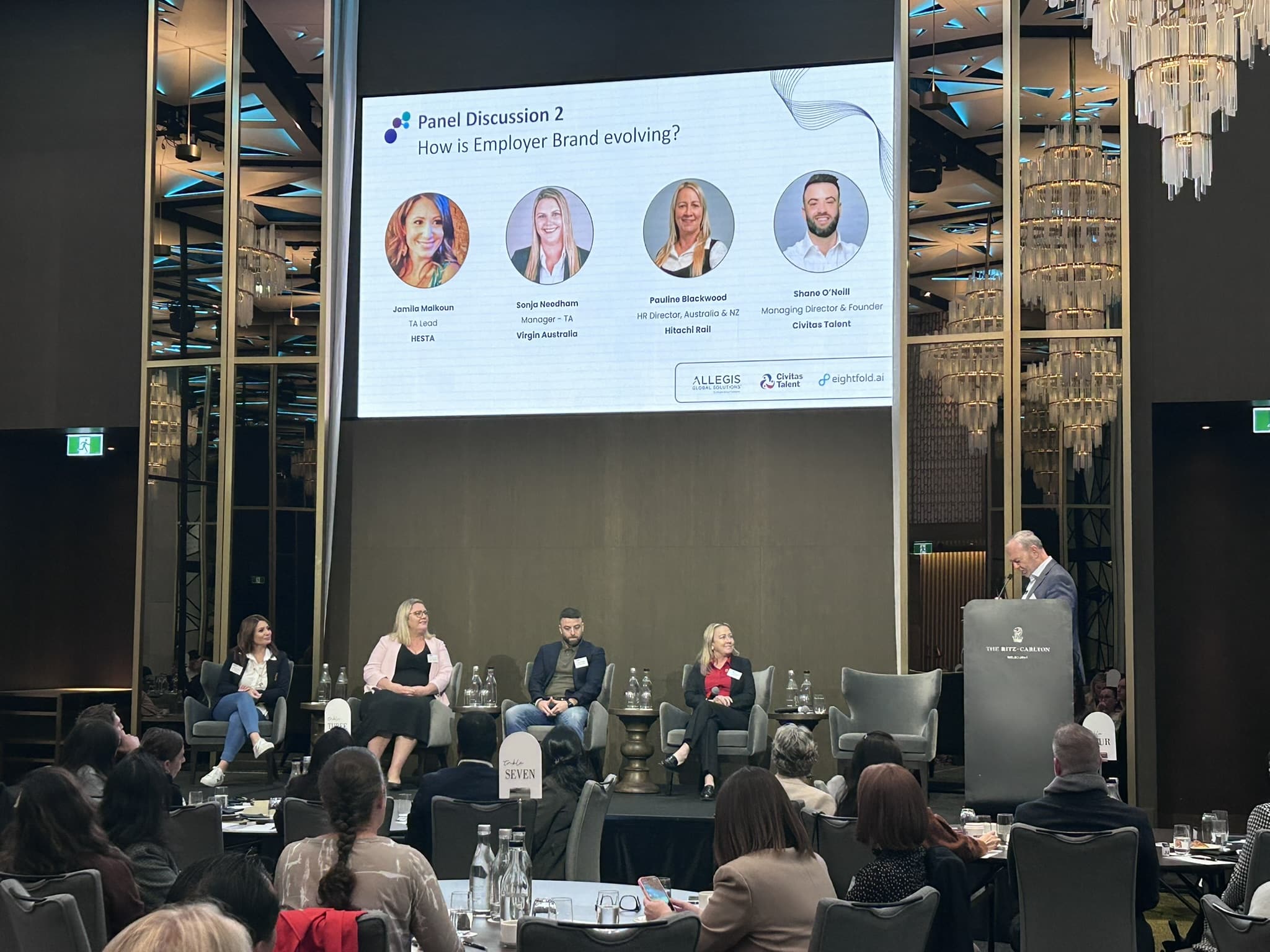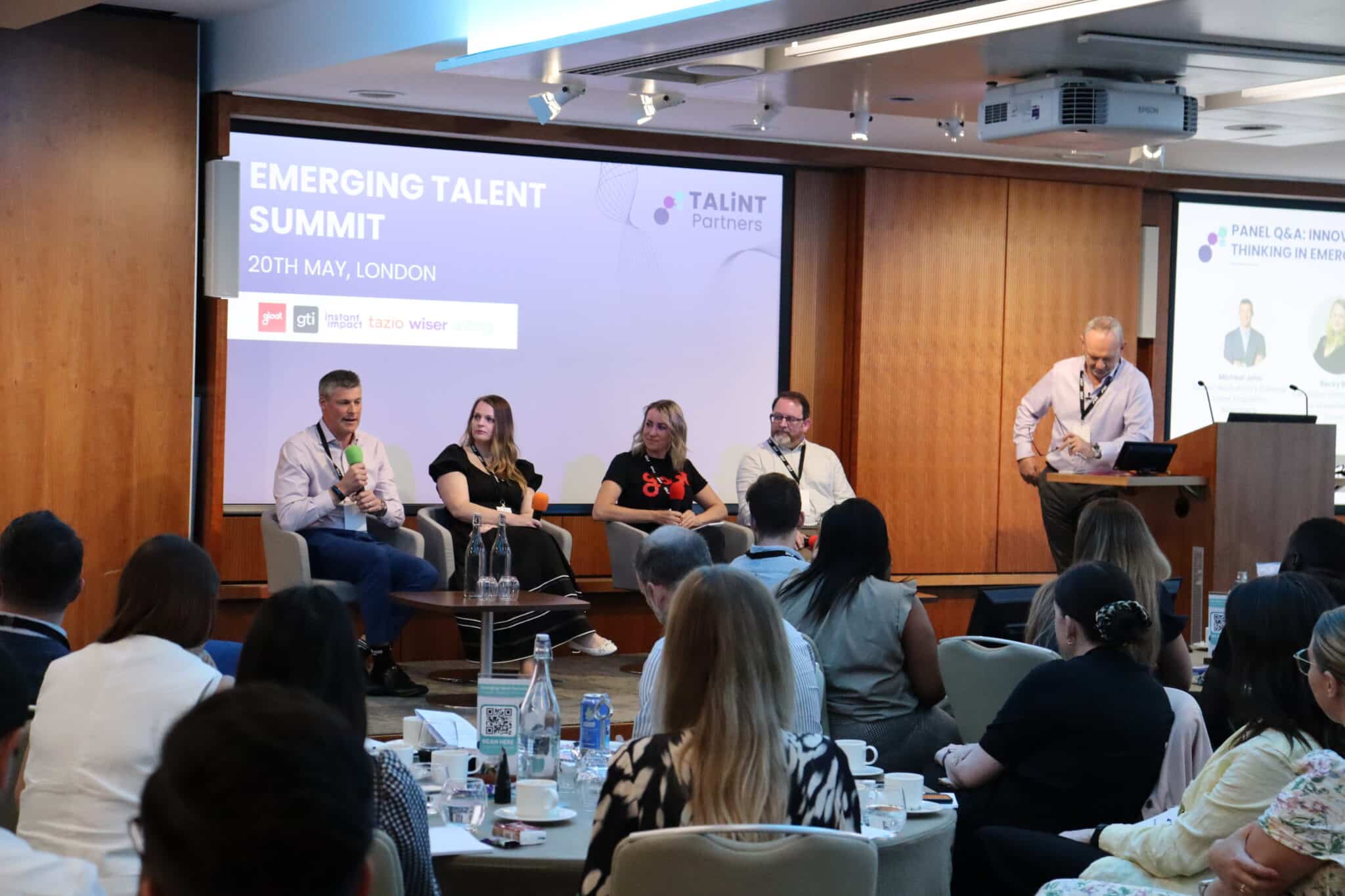AI is changing the way recruitment works. From automating admin-heavy tasks to improving candidate experiences and reducing bias, it is helping employers hire more effectively in a competitive talent market. But while AI offers clear advantages, it also raises important questions around fairness, transparency, and human oversight. So, what does this mean for the future of hiring?
Taking the admin out of recruitment
One of AI’s biggest wins in recruitment is automating repetitive tasks. Applicant tracking systems (ATS) powered by AI can screen thousands of CVs in seconds, identifying the most relevant candidates based on skills, experience, and qualifications. This cuts down on manual workload, freeing up HR teams to focus on more strategic priorities – like improving candidate engagement and employer branding.
Creating a better experience for candidates
AI-powered chatbots and virtual assistants are making hiring more seamless for candidates. Whether it’s answering FAQs, scheduling interviews, or providing personalised updates, these tools help keep candidates informed at every stage of the process. Faster response times mean fewer frustrations, and a smoother journey means a stronger employer brand.
Addressing unconscious bias (but with caution)
AI has the potential to reduce bias in hiring by focusing on objective data rather than subjective judgments. By assessing candidates based on set criteria, AI-driven tools can support fairer and more consistent hiring decisions. However, AI is only as unbiased as the data it’s trained on. Employers need to be proactive in auditing algorithms to avoid reinforcing existing biases.
Predicting success and finding the right fit
Machine learning models are helping recruiters make more informed hiring decisions. By analysing historical hiring data, AI can predict which candidates are most likely to succeed in a given role. It’s also improving job matching – scanning candidate profiles against job descriptions to identify the best fit. And it’s not just about active job seekers. AI-powered sourcing tools can scan online platforms and social media to find and engage passive candidates, expanding the talent pool beyond traditional search methods.
The challenges of AI in hiring
Despite its benefits, AI in recruitment comes with challenges. Algorithmic bias, data privacy concerns, and an over-reliance on automation are key issues that need careful management. Employers must be transparent about AI-driven hiring decisions and ensure there’s always a human in the loop. Trust and fairness should remain at the heart of any AI-powered recruitment strategy.
What’s next for AI in recruitment?
AI’s role in recruitment is only going to grow. From advanced sentiment analysis in video interviews to AI-driven career coaching, the possibilities are expanding fast. But the key to success isn’t just in adopting AI—it’s in using it responsibly. Organisations that balance AI’s efficiency with human oversight will be best placed to attract, hire, and retain top talent in an evolving market.
AI isn’t about replacing recruiters. It’s about enhancing hiring strategies, making recruitment smarter, fairer, and more effective. The challenge now is making sure we use it in the right way.










